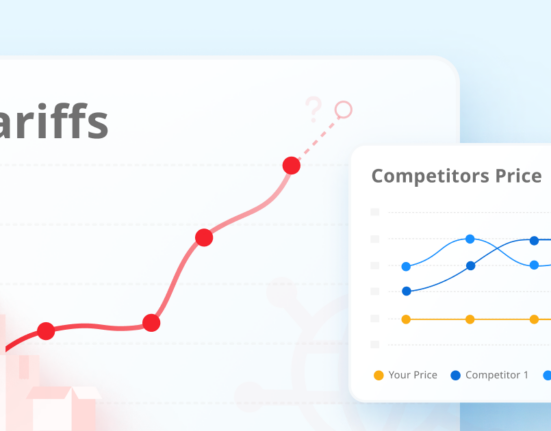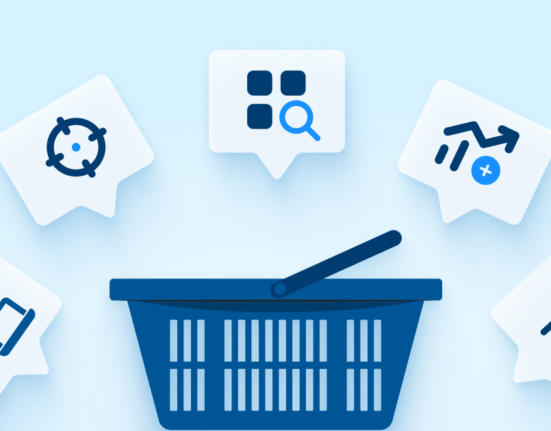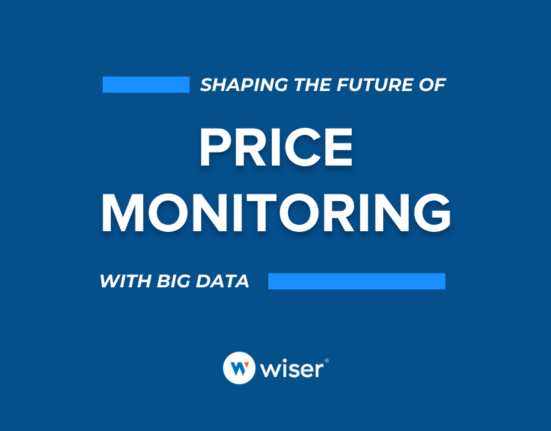What good is data if it’s incorrect? As new solutions arise to solve the “How do I collect data” question, don’t overlook the importance of data validation and just how accurate that data actually is.
This is especially true in brick-and-mortar retail. Pricing, promotions, display compliance, and more—you need data across all segments of your business. And while you have plenty of options to collect this data on a commercial level, turning that data into actionable insights is nearly impossible if you don’t have confidence in its accuracy.
There are two issues at play here: No. 1 is that in-store data on a large scale is inherently imperfect for a variety of reasons. No. 2 is that this raw data must then be validated, so you are presented only the most accurate, actionable insights you need.

Why Imperfect Data is Part of In-Store Retail
To understand the importance of data validation is to first realize the challenges of in-store data collection.
For starters, you may have your products sold across many stores or you’re a retailer with multiple locations. How can you get eyes in the store if it’s hundreds of miles away? There may not be enough time in the day to get teams on location on a regular basis.
Another challenge is that a compliant store or display can quickly become noncompliant. Your recent audit could already be out-of-date, and you may not have the resources to get boots back on the ground in time to catch any issues before they impact sales.
These challenges mean that your understanding of your in-store merchandising compliance could be flawed and in need of a solution. One such solution could be crowdsourced data. Thanks to technology, Wiser mobilizes a nationwide network of shoppers to observe your brand or stores in-person, reporting data back for validation and analysis.
How Data Validation Ensures Quality and Accuracy
Incomplete, inaccurate, and inconsistent data. When sifting through the volume of information in the in-store retail space, data validation is a must-have to counter these concerns.
Consider Mobee’s crowdsourced data as an example. A public shopper must be in-store for a minimum amount of time—to form an accurate opinion—and, importantly, they must be in the correct store. Photo quality is a must if shoppers are asked to take pictures of displays, competitors, and the like, as well.
The purpose of data validation is to remove any outliers or incorrect data so you can expedite analysis. Therefore, your data set will have the highest chance of accuracy and quality.

How to Validate Data
The first step toward accurate and validated data is transparency in the collection process. There’s always that outlier in a data set, and data providers and retailers must know going into the relationship that the truth isn’t always obvious from the start. A transparent working relationship keeps all parties focused on what’s important: accurate, actionable insights.
Validation often falls to a human eye. It takes a skilled data scientist to review data and identify those outliers, condensing the information into a more accurate final analysis. Your data provider should let you know when—and why—the data is imperfect. This will help foster confidence. Validation will identify those incongruities and either remove them or use them to further refine the collection process.
With a human reviewing the information, it provides an added layer of security to ensure that data is high-quality and accurate. Validation of publicly crowdsourced data looks like:
- Confirmation of the shopper’s time in-store
- Confirmation that the shopper was in the right store
- Quality of photos included with the data
Once the data set meets these criteria, you’ll have confidence in its accuracy and quality. This will only help you analyze the information and implement solutions to any in-store issues you uncover.
Want to learn more about what data validation is and the process behind validation? Connect with Wiser today for more information on in-store data collection and this ever-important step.









